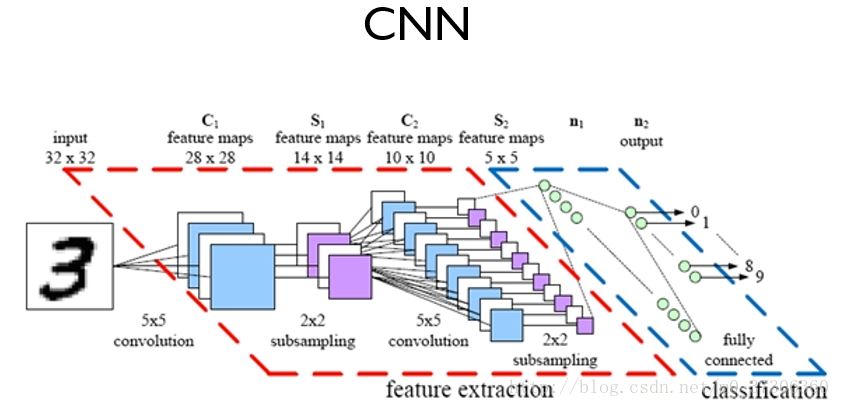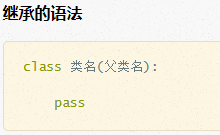python多线程分块读取文件
本文实例为大家分享了python多线程分块读取文件的具体代码,供大家参考,具体内容如下
# _*_coding:utf-8_*_
import time, threading, ConfigParser
'''
Reader类,继承threading.Thread
@__init__方法初始化
@run方法实现了读文件的操作
'''
class Reader(threading.Thread):
def __init__(self, file_name, start_pos, end_pos):
super(Reader, self).__init__()
self.file_name = file_name
self.start_pos = start_pos
self.end_pos = end_pos
def run(self):
fd = open(self.file_name, 'r')
'''
该if块主要判断分块后的文件块的首位置是不是行首,
是行首的话,不做处理
否则,将文件块的首位置定位到下一行的行首
'''
if self.start_pos != 0:
fd.seek(self.start_pos-1)
if fd.read(1) != '\n':
line = fd.readline()
self.start_pos = fd.tell()
fd.seek(self.start_pos)
'''
对该文件块进行处理
'''
while (self.start_pos <= self.end_pos):
line = fd.readline()
'''
do somthing
'''
self.start_pos = fd.tell()
'''
对文件进行分块,文件块的数量和线程数量一致
'''
class Partition(object):
def __init__(self, file_name, thread_num):
self.file_name = file_name
self.block_num = thread_num
def part(self):
fd = open(self.file_name, 'r')
fd.seek(0, 2)
pos_list = []
file_size = fd.tell()
block_size = file_size/self.block_num
start_pos = 0
for i in range(self.block_num):
if i == self.block_num-1:
end_pos = file_size-1
pos_list.append((start_pos, end_pos))
break
end_pos = start_pos+block_size-1
if end_pos >= file_size:
end_pos = file_size-1
if start_pos >= file_size:
break
pos_list.append((start_pos, end_pos))
start_pos = end_pos+1
fd.close()
return pos_list
if __name__ == '__main__':
'''
读取配置文件
'''
config = ConfigParser.ConfigParser()
config.readfp(open('conf.ini'))
#文件名
file_name = config.get('info', 'fileName')
#线程数量
thread_num = int(config.get('info', 'threadNum'))
#起始时间
start_time = time.clock()
p = Partition(file_name, thread_num)
t = []
pos = p.part()
#生成线程
for i in range(thread_num):
t.append(Reader(file_name, *pos[i]))
#开启线程
for i in range(thread_num):
t[i].start()
for i in range(thread_num):
t[i].join()
#结束时间
end_time = time.clock()
print "Cost time is %f" % (end_time - start_time)
以上就是本文的全部内容,希望对大家的学习有所帮助,也希望大家多多支持【听图阁-专注于Python设计】。

